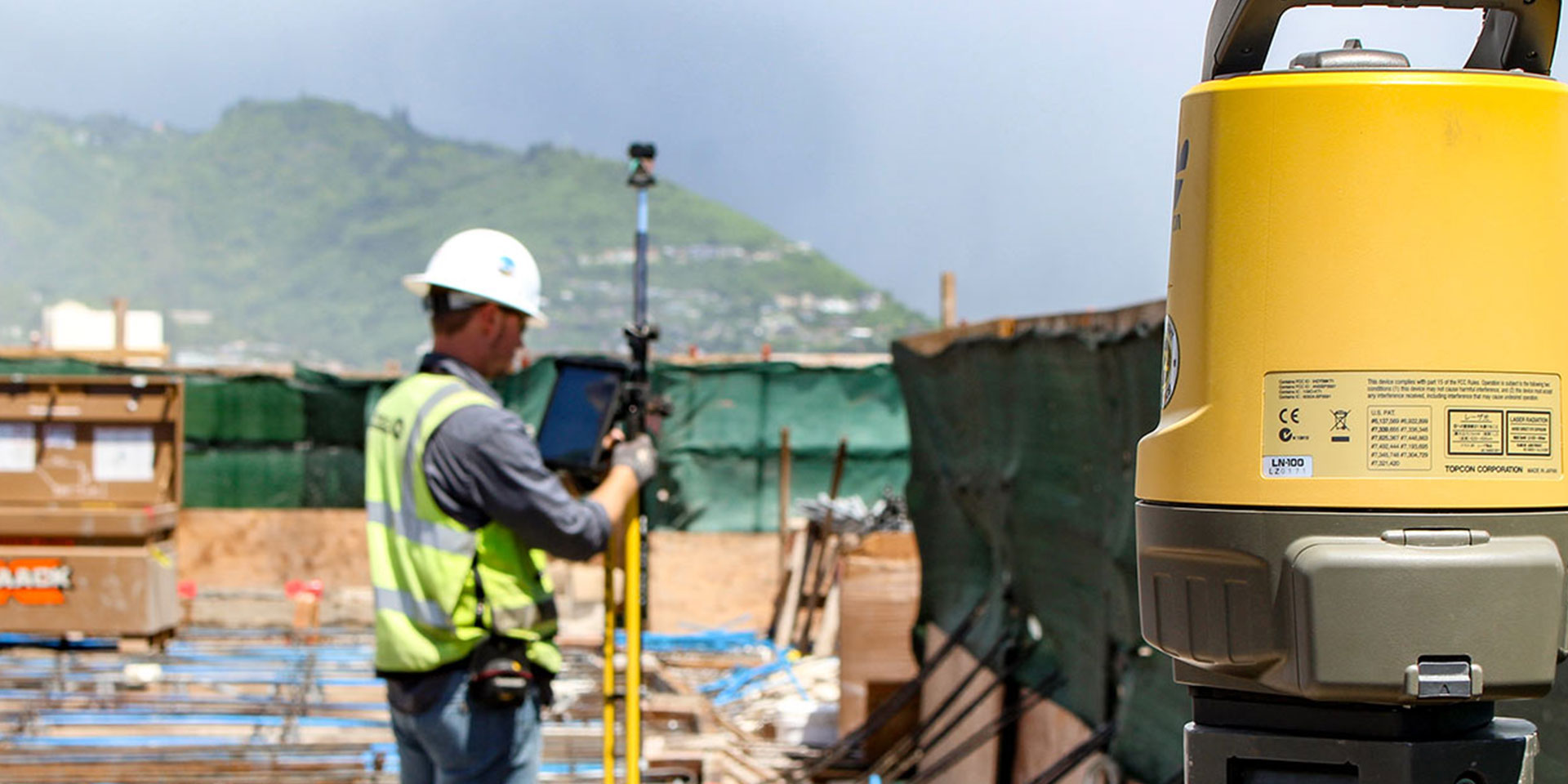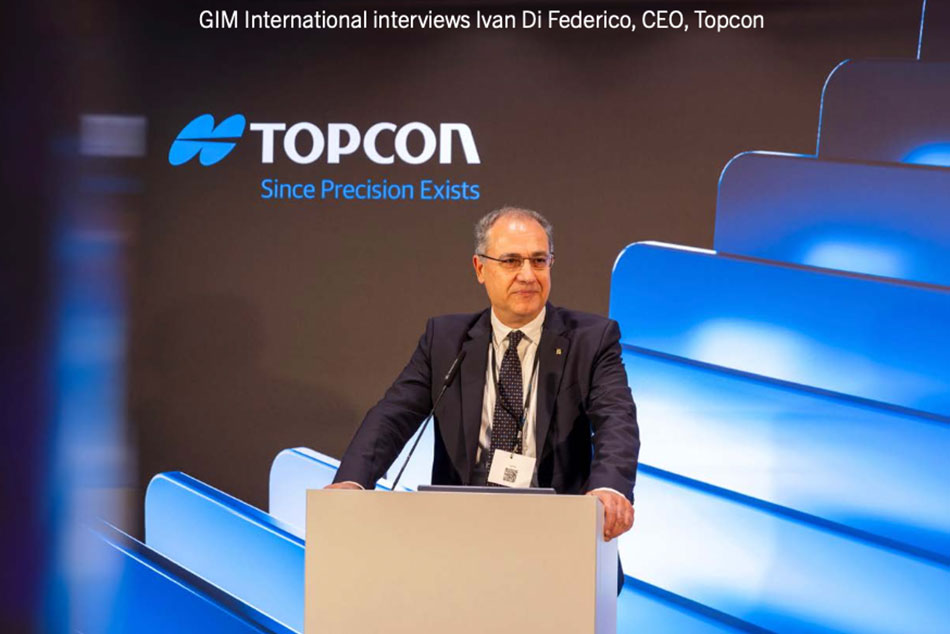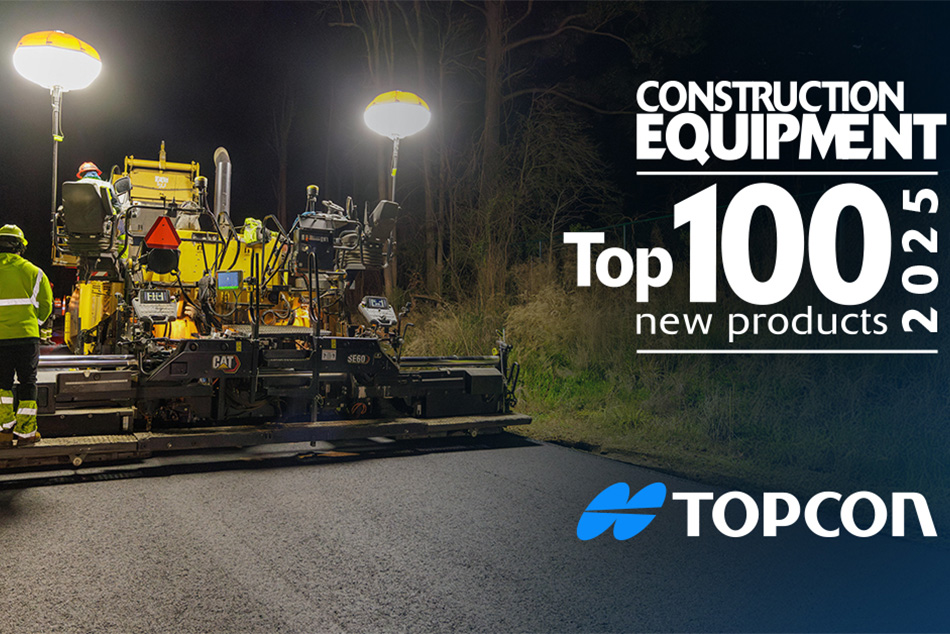“It was extremely simple to use,” he said. “It is a self-leveling instrument and operated in conjunction with an iPad-driven Autodesk BIM 360 Layout app which connects to the LN-100 via wi-fi. Once it was up and running, I was able to take a re-section and, running off the 3D model on the iPad, was able to see, in real time, where my prism rod was in relation to the LN-100. From there, I simply verified my points and we were in business.”
Results
The level of productivity using the Topcon LN-100 was nothing short of amazing, according to Werner. To reiterate: in the past Nordic PCL was taking roughly a day and a half to two days to obtain 170 points.
“Using the LN-100, I am able to do that same number of embeds — with accuracies consistently well within our parameters — in anywhere between one and two hours,” said Werner. “That’s an impressive turnaround that’s made even better in knowing we’ve all but eliminated any rework costs. Right now, The Topcon unit is only being used on the Waiea project, but we can see it being used to verify pipe, floor layouts, wall layouts, any kind of MEP (mechanical, electrical, plumbing) layout, and so on. We already have other field engineers who have expressed interest in using it, so we’re pretty certain it will have a place in our everyday use.”


















